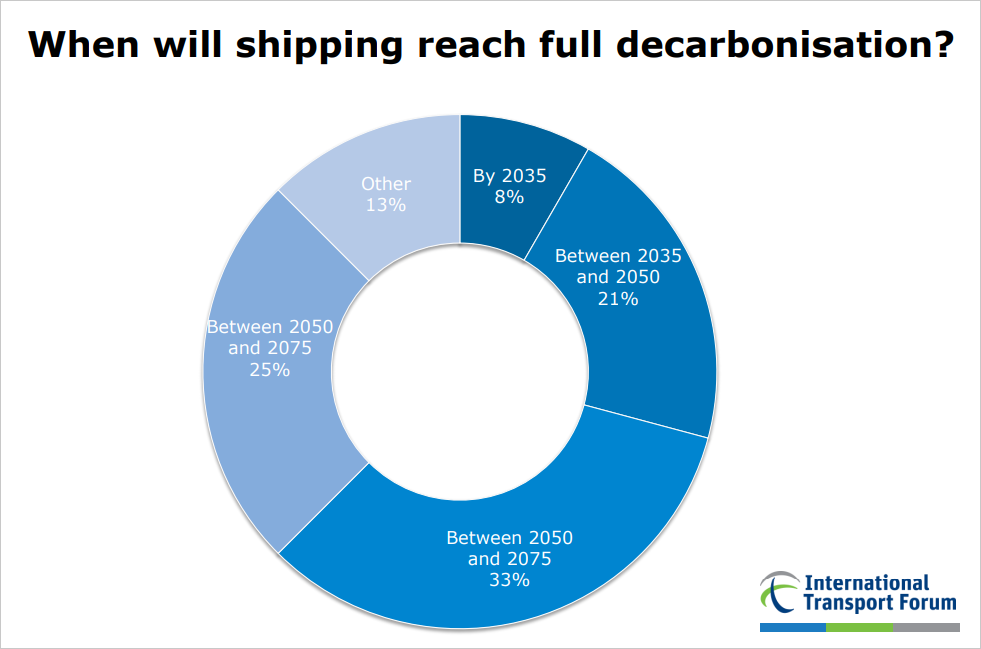Regulators must do their homework if decarbonisation goals are to be met
Posted in Marine industry talk
The IMO has a clear goal for reducing GHG. What it now needs is an action plan to reach it. At the end of
A good number of students will no doubt return with suggestions that build on existing IMO instruments for tackling efficiency and pollution, such as EEDI (Energy Efficiency Design Index) and SEEMP (Ship Energy Efficiency Management Plan). These efforts may not win top marks for

Nevertheless, as previous IMO examinations have shown, there remains room for weighting when it comes to the ship emissions marking scheme. It will be interesting to see whether the examination board continues to believe that history students are best kept clear of the myths and legends of shipping booms predating 2008, or the cheeky use of slow steaming as GHG limiter is finally pulled up as dashed off homework.
It will also be interesting to see whether market-based measures have secured their place on the shipping syllabus, or if emissions trading schemes and carbon levies continue to remain the preserve of the education consultants who write well-meaning reports.
Hopefully, due consideration will be given to the proposal for a ‘maritime carbon fuel standard’, which certainly attracted attention at a recent

Put simply, this standard would set an allowable level for ships’ average carbon content, which would be gradually lowered as we approach 2050 and, to keep things simple, would work using a benchmark calculated for the global shipping fleet as a whole. Boiled down, if half the fleet were running on hydrogen from renewable sources (0% carbon) and the other half on conventional HFO (85% carbon), the overall average would be 42.5%.
It is an approach that may be appealing for IMO, presuming the UN agency still has an appetite for getting involved in fuel standards it also appears to circumvent the complexities and disadvantages of market-based measures.
There are, of course, uncertainties. Such a scheme would require the type of robust monitoring and reporting regime that has proven so problematic for the maritime industry. Again, while regulation will play a role in taking carbon out of shipping, significant technological innovation, very substantial investment and, potentially, changes to long-standing business models will also be needed.
According to advocates of the maritime carbon fuel standard, however, creating a clear market outlook for non-traditional energy sources should spur innovation and investments in both the production and bunkering infrastructures for lower carbon fuels.
Getting it right is therefore be critical, as the right framework could be a basis to incentivise and accelerate big picture reforms but could also be a boundary acting to impede and frustrate them. Surely, then, a Flag State willing to include such a mechanism as a point for consideration in any future answer may be heading for a distinction.
* Interested readers can review the presentations given at the ITF’s workshop at https://www.itf-oecd.org/decarbonising-maritime-transport-workshop
